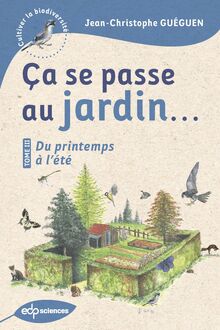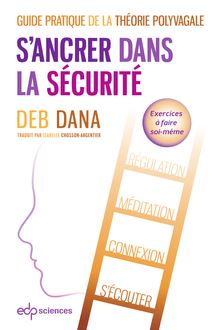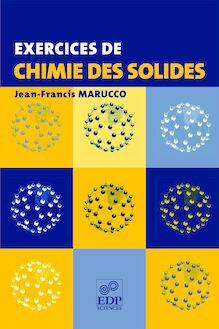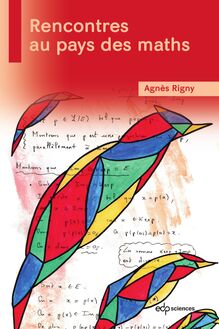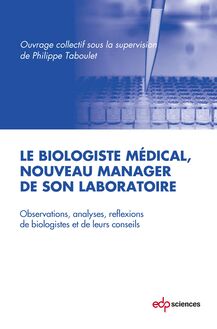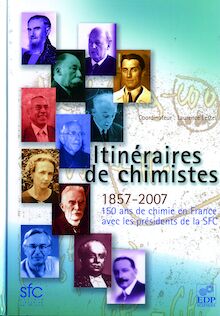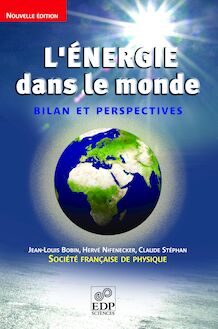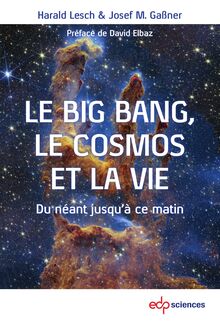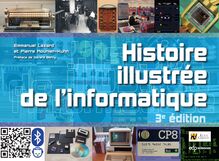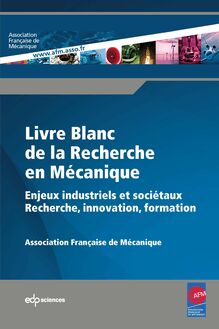-
 Univers
Univers
-
 Ebooks
Ebooks
-
 Livres audio
Livres audio
-
 Presse
Presse
-
 Podcasts
Podcasts
-
 BD
BD
-
 Documents
Documents
-
- Cours
- Révisions
- Ressources pédagogiques
- Sciences de l’éducation
- Manuels scolaires
- Langues
- Travaux de classe
- Annales de BEP
- Etudes supérieures
- Maternelle et primaire
- Fiches de lecture
- Orientation scolaire
- Méthodologie
- Corrigés de devoir
- Annales d’examens et concours
- Annales du bac
- Annales du brevet
- Rapports de stage
La lecture à portée de main
Découvre YouScribe en t'inscrivant gratuitement
Je m'inscrisNuclear physics for cultural heritage , livre ebook
Découvre YouScribe en t'inscrivant gratuitement
Je m'inscrisEn savoir plus
En savoir plus

Description
Nuclear physics applications in medicine and energy are well known and widely reported. Less well known are the many important nuclear and related techniques used for the study, characterization, assessment and preservation of cultural heritage. There has been enormous progress in this field in recent years and the current review aims to provide the public with a popular and accessible account of this work.
The Nuclear Physics Division of the EPS represents scientists from all branches of nuclear physics across Europe. One of its aims is the dissemination of knowledge about nuclear physics and its applications. This review is led by Division board member Anna Macková, Head of the Tandetron Laboratory at the Nuclear Physics Institute of the Czech Academy of Sciences, and the review committee includes four other members of the nuclear physics board interested in this area: Faiçal Azaiez, Johan Nyberg, Eli Piasetzky and Douglas MacGregor. To create a truly authoritative account, the Scientific Editors have invited contributions from leading experts across Europe, and this publication is the combined result of their work.
The review is extensively illustrated with important discoveries and examples from archaeology, pre-history, history, geography, culture, religion and curation, which underline the breadth and importance of this field. The large number of groups and laboratories working in the study and preservation of cultural heritage across Europe indicate the enormous effort and importance attached by society to this activity.
Sujets
Informations
| Publié par | EDP Sciences |
| Date de parution | 25 novembre 2016 |
| Nombre de lectures | 0 |
| EAN13 | 9782759820917 |
| Langue | English |
| Poids de l'ouvrage | 15 Mo |
Informations légales : prix de location à la page 0,0005€. Cette information est donnée uniquement à titre indicatif conformément à la législation en vigueur.
Extrait
-
 Univers
Univers
-
 Ebooks
Ebooks
-
 Livres audio
Livres audio
-
 Presse
Presse
-
 Podcasts
Podcasts
-
 BD
BD
-
 Documents
Documents
-
Jeunesse
-
Littérature
-
Ressources professionnelles
-
Santé et bien-être
-
Savoirs
-
Education
-
Loisirs et hobbies
-
Art, musique et cinéma
-
Actualité et débat de société
-
Jeunesse
-
Littérature
-
Ressources professionnelles
-
Santé et bien-être
-
Savoirs
-
Education
-
Loisirs et hobbies
-
Art, musique et cinéma
-
Actualité et débat de société
-
Actualités
-
Lifestyle
-
Presse jeunesse
-
Presse professionnelle
-
Pratique
-
Presse sportive
-
Presse internationale
-
Culture & Médias
-
Action et Aventures
-
Science-fiction et Fantasy
-
Société
-
Jeunesse
-
Littérature
-
Ressources professionnelles
-
Santé et bien-être
-
Savoirs
-
Education
-
Loisirs et hobbies
-
Art, musique et cinéma
-
Actualité et débat de société
- Cours
- Révisions
- Ressources pédagogiques
- Sciences de l’éducation
- Manuels scolaires
- Langues
- Travaux de classe
- Annales de BEP
- Etudes supérieures
- Maternelle et primaire
- Fiches de lecture
- Orientation scolaire
- Méthodologie
- Corrigés de devoir
- Annales d’examens et concours
- Annales du bac
- Annales du brevet
- Rapports de stage
